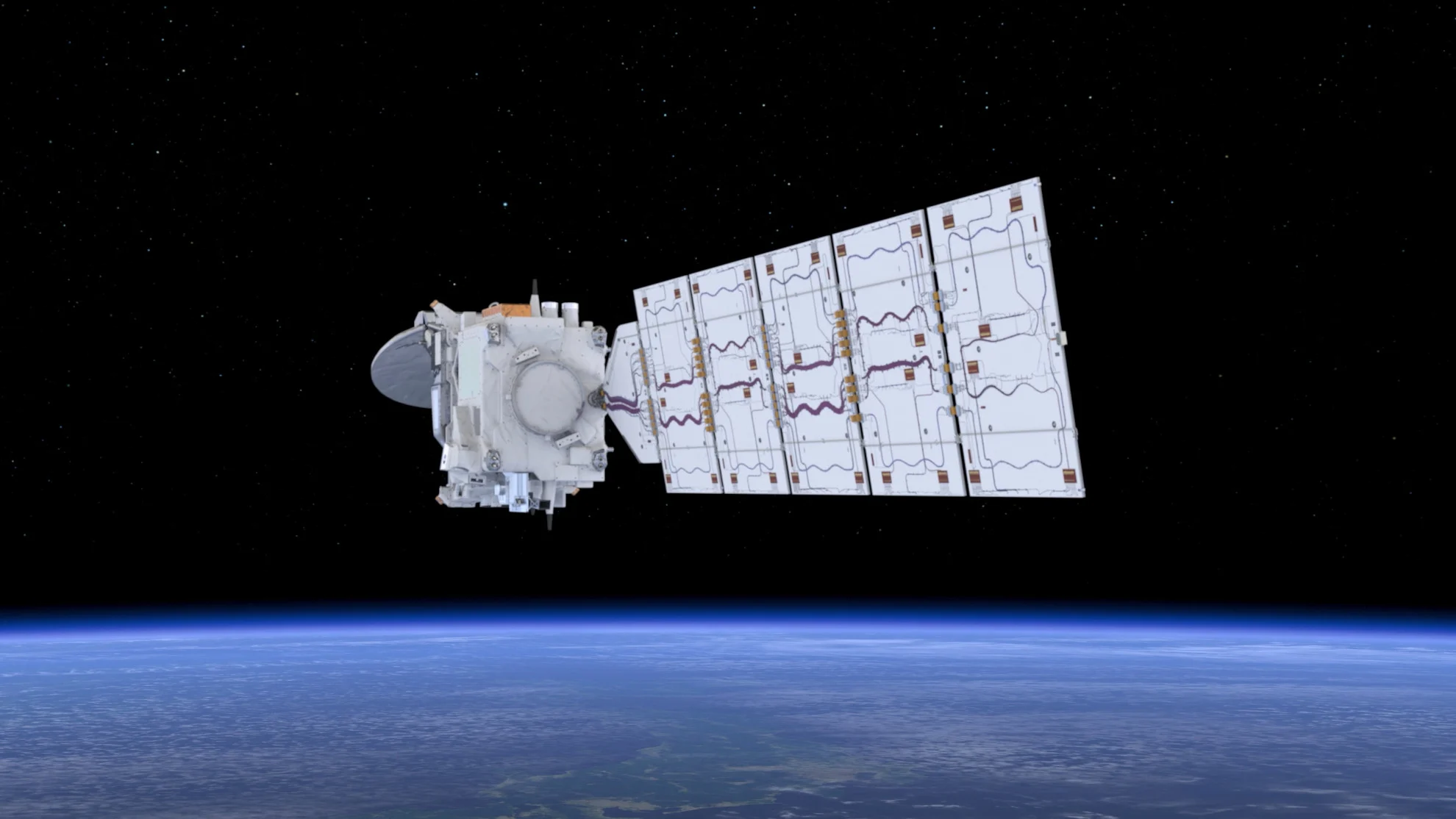In terms of monitoring the size of the ozone hole, WMO and its partners created and instituted guidelines designed to help with the observation networks, in support of the Montreal Protocol.
The goals of those regulations is to ensure broad, observational coverage, outline specific standards for operations, data processing and calibrations, and “foster a network where scientists meet, exchange knowledge, receive training and explore opportunities for collaboration,” WMO said.

EarthCARE satellite orbits the planet. (European Space Agency)
That approach has “proven invaluable” to enact useful and policy-relevant documentation, one of the important results that show the success of the Montreal Protocol, according to an article contained in the bulletin that focused on measuring instruments and inter-comparison campaigns.
Report marked World Ozone Day
The publication of the latest WMO ozone bulletin coincided with World Ozone Day on Sept. 16, and the 40th anniversary of the Vienna Convention.
The convention made an important step towards ozone recovery by recognizing stratospheric ozone depletion as a worldwide issue, offering the structuring for the co-ordination of international teamwork in ozone research, systematic observations and scientific assessments.

